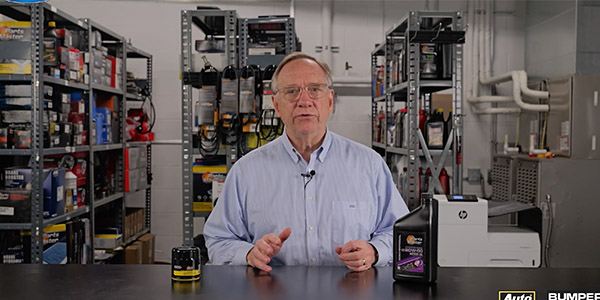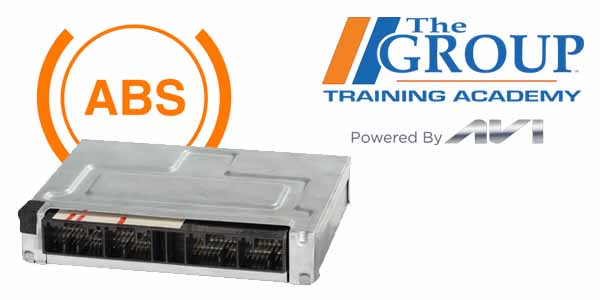When the right wheel locks up on a vehicle with 65,000 miles, there’s no shortage of theories as to the source of the problem.
This was the case with a 2016 Kia Soul in the Babcox Media Garage Studio. After the caliper was pried off with a screwdriver, they saw the condition of the brake pads. The friction material was worn down to 4 millimeters and was getting close to the wear sensors on both sides. The inboard pad on the right side was missing half of the friction material.
So, what caused this failure?
The Soul in question only had 65,000 miles. The owner’s commute is on freeways 90% of the time. But, here in Northeast Ohio, the vehicle has been exposed to a very corrosive environment over four years.
The corrosion attacked the backing plate, shim and surfaces that make contact with the bracket. But, the area of the backing plate to which the friction material attaches received the most significant corrosion. The corrosion caused the friction material to delaminate from the backing plate.
This video is sponsored by The Pronto Network.












